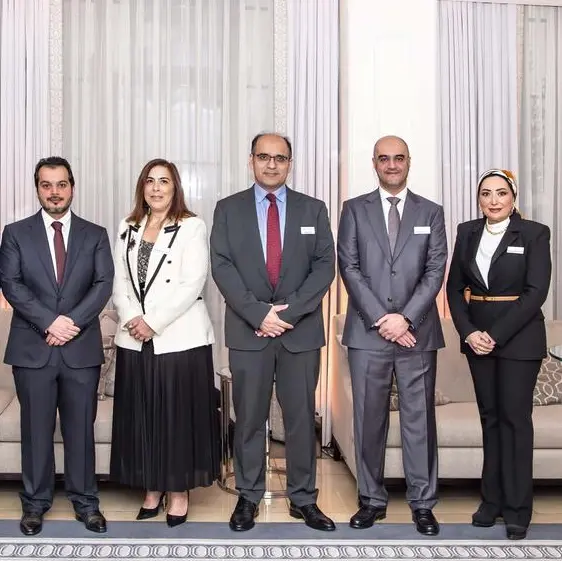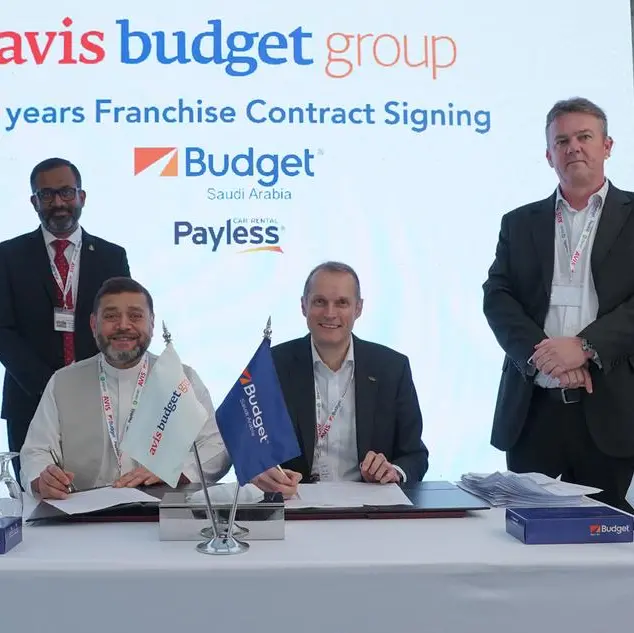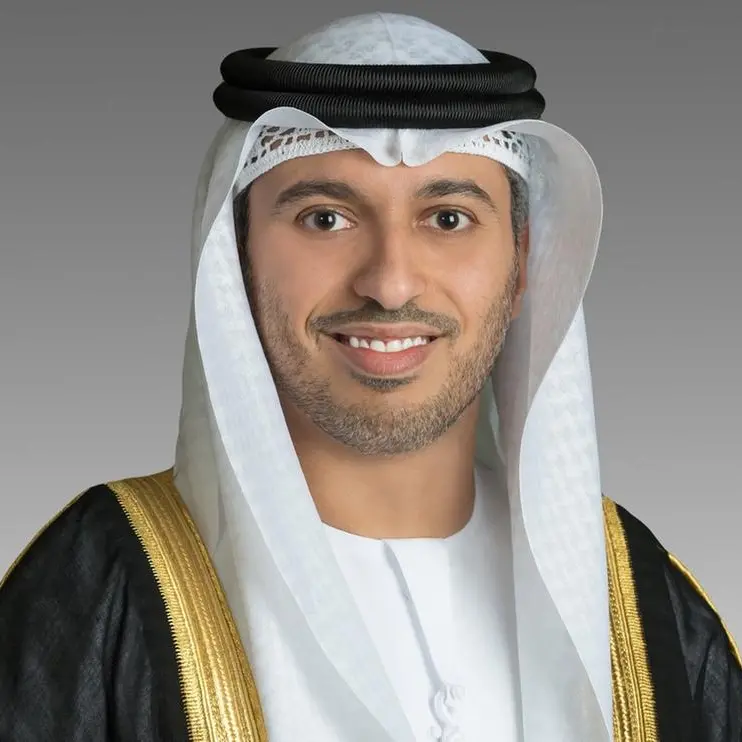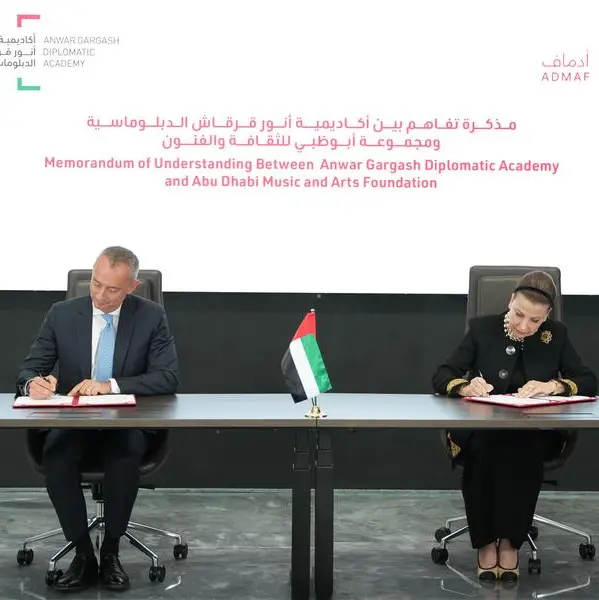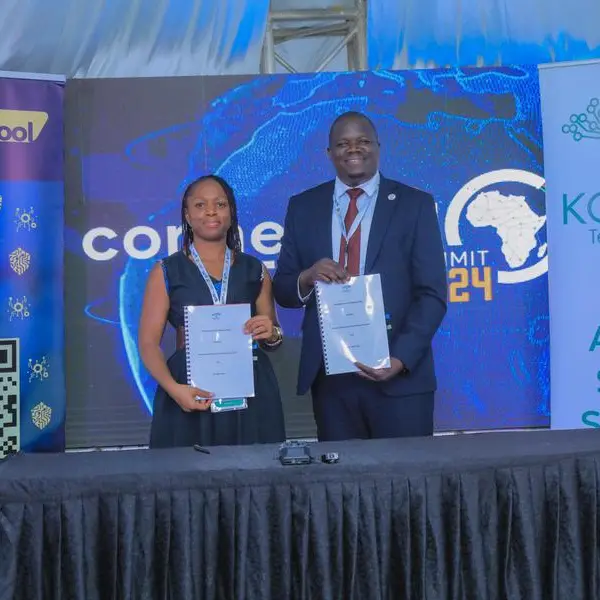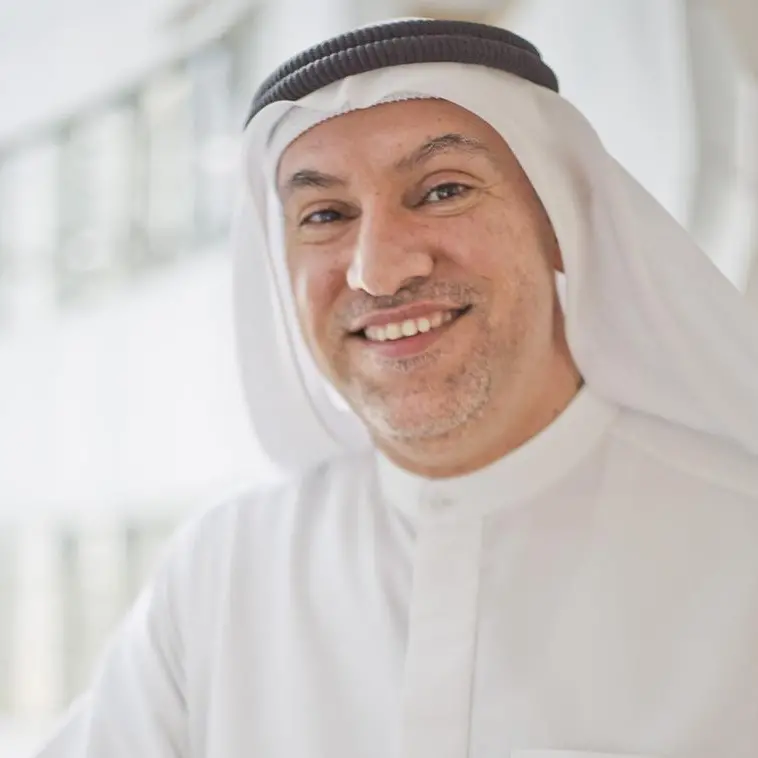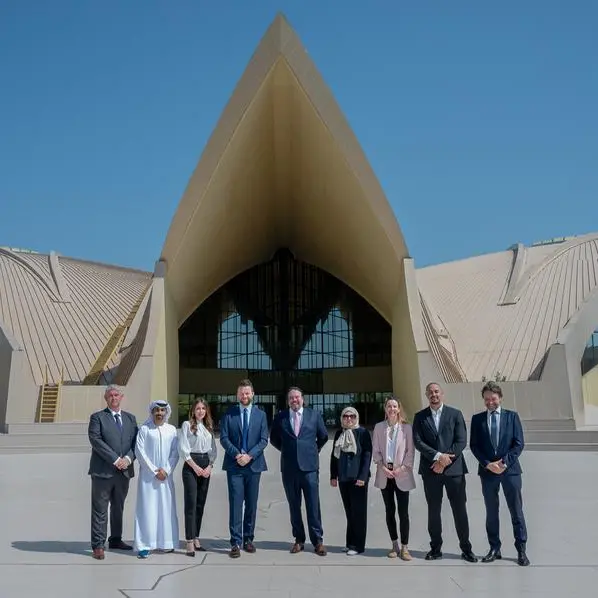Innovations included KhalifaSat, Nayif-1, SAFIY and "Semi-Supervised classification tool for DubaiSat-2 multispectral images"
Al Shaibani: "New achievements demonstrate MBRSC's keenness to adopt innovative strategies and methodologies that serve UAE and society"
November 23, 2015
Dubai, United Arab Emirates
The Mohammed bin Rashid Space Centre (MBRSC) announced 10 new innovative space technologies and satellite applications, distributed among KhalifaSat, Nayif-1, SAFIY and "Semi-Supervised classification tool for DubaiSat-2 multispectral images". Most of the innovative technologies were designed to meet the needs and requirements of their users, inside and outside the UAE.
The announcement took place during the UAE Innovation Week, one of the most important events in the UAE for the year 2015, aiming to bring about a qualitative shift to the culture of innovation in all sectors and institutions. The UAE Innovation Week is in line with the directives of His Highness Sheikh Khalifa bin Zayed Al Nahyan, President of the UAE, to mark 2015 as the "Year of Innovation" and also builds on the "National Innovation Strategy" which was launched by His Highness Sheikh Mohammed bin Rashid Al Maktoum, UAE Vice President and Prime Minister and Ruler of Dubai.
Among the ten innovations presented, KhalifaSat project highlighted 7 new innovations: a digital camera with an enhanced light meter for better image resolution, developing techniques to increase image download and communication speed with the satellite anywhere in the world, as well as satellite positioning techniques that allow capturing a higher number of 3D images.
The team also worked on developing the target positioning system which makes the satellite one of the best satellites in the world that provide high-quality images with high-speed response and an accurate location system. KhalifaSat innovations also includes the development of automatic satellite control system through upgrading the primary satellite computer's operating system and increasing its storage capacity.
The innovations are a result of an extensive study of users' needs of government institutions and private sectors, which were translated into practical ideas that were then applied to the satellite in order to meet the users' requirements and keep pace with their aspirations. More than 45 Emirati engineers, who work at the Center, took part in the development of these innovations in KhalifaSat, the first satellite to be developed purely by Emirati nationals and expertise at MBRSC's Space Technologies Laboratories.
Moreover, Saeed Al Mansoori, Acting Head of the Applications Development and Analysis Center at MBRSC has developed an image processing application for space images captured by DubaiSat-2 called the "Semi-Supervised classification tool for DubaiSat-2 multispectral images". Although there are several commercial applications with similar features, the innovative technique of this tool lies in its parameters that are designed to be commensurate with DubaiSat-2 images. This increases its accuracy and makes it easier to use, providing precise figures on the categories entered by users.
This tool aims at giving decision-makers in the United Arab Emirates accurate analytical results of urban developments in the country, whether buildings on land or removed facilities, as well as highlighting the changes taking place in both the vegetative and aquatic covers. It constitutes a qualitative leap in terms of the development of technical software used in the image processing sector and space analysis in the country, as it will serve a large segment of public and private service institutions, such as municipalities, the Roads and Transport Authority, and the Ministry of Environment and Water, and will also be useful in studies and research carried out by universities and educational institutions in the UAE. The application was programmed based on recommendations and expertise of MBRSC's engineering team
Nayif-1, on the other hand, will have an active control system that hadn't been launched before to space aboard of 1U CubeSat (10×10×10cm). This control system is designed to accurately locate the satellite in space and preserve its stability during operation. Nayif-1 is scheduled for launch on board a Falcon 9 rocket in the first half of 2016. UAE engineering students based in a ground station at the American University of Sharjah (AUS) will be in charge of managing the satellite operation after its launch.
Nayif-1 is the first UAE nano-satellite to be developed by seven Emirati students from AUS under the leadership and supervision of MBRSC. The Nayif-1 project is designed to train students on space systems and technology, by encouraging and developing their skills in space system design, integration, testing and operation.
Among the most innovative technologies displayed by MBRSC is the SAFIY Project, a system designed to automatically capture the most prominent landmarks from the DubaiSat-2 images, in addition to providing three-dimensional information. This smart system is designed to capture road networks, buildings, as well as green and water landscapes. The groundbreaking feature of this device is that the images of landmarks are captured automatically without user intervention, not to mention the automatic update direct to government agency databases.
H.E. Yousuf Al Shaibani, Director General, MBRSC said: "The UAE Innovation Week is seen as a pioneering and ambitious platform to spread the culture of innovation and creativity in the UAE in various sectors, including the space sector, and is seen as a promising sector for the national economy."
"At MBRSC, we are very much aware and recognize the paramount importance of innovation in space and its vital role in achieving comprehensive development. Our engineers spare no effort to set forth innovative ideas and new applications and technologies to reflect the UAE Vision 2021 and in line with the "National Innovation Strategy", launched by His Highness Sheikh Mohammed bin Rashid Al Maktoum, UAE Vice President and Prime Minister and Ruler of Dubai, aiming for the UAE to be one of the most innovative countries in the world over the next seven years," he added.
Al Shaibani also said "The new achievements are further proof of MBRSC's keenness to adopt innovation as an approach and business strategy, serving the UAE and society at large. We rely on our national skills and capacities in innovation and development of space applications and projects according to the highest international standards, to meet the needs of the local and international partners in space."
"UAE has succeeded in building and developing highly efficient national cadres, as our workforce is not only limited to the engineers at the Center, but also encompasses university and college students who have now become able to develop satellites themselves," he added.
"We confirm our quest and contribution to supporting the country in achieving comprehensive and sustainable growth based on innovation, knowledge and creativity, as this will promote and enhance the UAE competitiveness globally and in all domains, namely space science and technology. What has been achieved to date is only the first steps of MBRSC's strategy and plans. We promise further innovative projects, activities and programs in the future, in adherence to the directives of His Highness Sheikh Hamdan bin Mohammed bin Rashid Al Maktoum, Crown Prince of Dubai and Chairman of MBRSC and General Supervisor of all the Centre's projects, strategic and development plans. " Al Shaibani concluded.
-Ends-
About MBRSC:
MBRSC is a Dubai Government entity which aims to promote scientific innovation and technology advancement in Dubai and the UAE. The Centre works on research projects and studies related to space science, in line with the approach of the United Arab Emirates, in its quest to develop the sector and build national academic skills through it.
Among the most prominent tasks entrusted to the Centre are the design, implementation, and supervision of all phases of launching the "Hope Probe" to explore Mars. The Centre is also responsible for all projects related to satellite technology and applications and specialized projects, and advanced technical projects assigned to stakeholders. Also, the Centre provides space imaging and earth station services and support to other satellite services.
In 2009, MBRSC launched "DubaiSat-1" into space, the first remote sensing satellite. In 2013, the second satellite "DubaiSat-2" was launched, while work is underway to launch the third satellite "KhalifaSat", which is being built purely by Emirati engineering and expertise in the UAE.
For more information, please contact:
Grace Haber
Consultant - Corporate Communications
Phone: +9714-4579495
Mob: +971-55 462 3472
E-mail: grace.haber@commfirm.com
Dubai, United Arab Emirates
www.commfirm.com
© Press Release 2015
